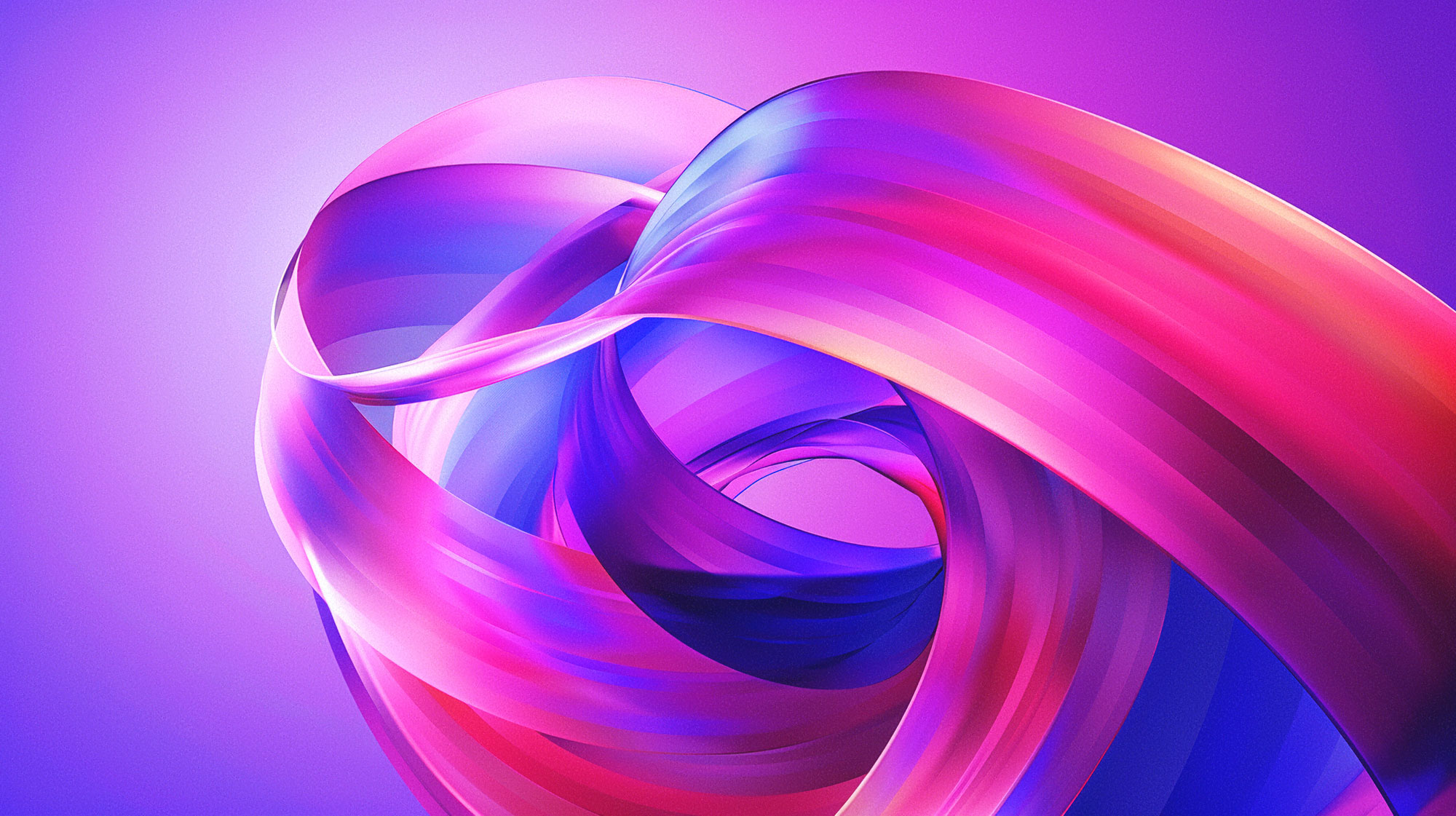For decades, Adobe’s holy trinity—Photoshop, Illustrator, and InDesign—has defined the professional toolkit for graphic designers. Each program was once a fortress of specialization: Photoshop for image editing, Illustrator for vector art, and InDesign for publishing layouts. But as the creative industry’s workflows have evolved, so too have the boundaries between these powerhouse apps. Today, we’re witnessing a fascinating convergence that’s reshaping not only how designers work, but what they expect from their software. Let’s dig into how these tools are morphing, where their lines are blurring, and what the future may hold for the creative professionals who depend on them.
Converging Capabilities: How Adobe’s Big Three Evolved
The past decade has been a masterclass in software adaptation. Take Photoshop’s introduction of artboards in 2015—a feature that was once the exclusive domain of InDesign and Illustrator. Suddenly, Photoshop users could design multi-page documents or web layouts without leaving their comfort zone. This was more than just a feature update; it signaled Adobe’s understanding that modern designers need flexibility to move seamlessly between raster, vector, and layout tasks.
Illustrator hasn’t been left behind either. Once pigeonholed as a vector-only tool, Illustrator now boasts features like pixel preview, asset export, and even basic image editing capabilities. It’s become a Swiss Army knife for everything from branding to UI design, borrowing liberally from Photoshop’s playbook. Meanwhile, InDesign has quietly integrated more robust image editing and vector drawing tools, letting layout designers tweak assets without ping-ponging between apps.
These cross-pollinations aren’t just technical upgrades—they’re strategic moves. Adobe recognizes that today’s creative projects rarely fit neatly into one box. By merging capabilities, they’re aiming to keep users inside the Creative Cloud ecosystem, no matter how eclectic their needs. The result? A more unified experience, but also a more complex decision matrix for designers about which tool to reach for first.
Photoshop, Illustrator, and InDesign: Blurred Boundaries
The clear-cut distinctions that once defined Photoshop, Illustrator, and InDesign are fading fast. Need to create a social media campaign? You could build it in Photoshop, Illustrator, or even InDesign—each now offers templates, export options, and workflows tailored to digital output. The reality is, the “right tool for the job” is increasingly a matter of personal preference and project specifics, not hard limitations.
This blurring of boundaries is both a blessing and a curse. On one hand, it empowers designers to work in their preferred environment with fewer interruptions. On the other, it can lead to confusion, redundancy, or even feature bloat as Adobe tries to appease every possible use case. The overlap can also dilute the unique strengths that once made each program indispensable. For instance, when InDesign users find themselves editing images or vectors directly within their layouts, it begs the question: Are we still using the best tool for the job, or just the most convenient?
Yet, this convergence is also fostering a new breed of designer—one who is less defined by “Photoshop skills” or “InDesign fluency” and more by holistic creative problem-solving. The future may not be about mastering one tool, but about navigating a spectrum of capabilities fluidly, pulling the best features from each as needed. Adobe’s ecosystem is becoming less about silos and more about seamless, cross-functional workflows.
What’s Next? Predictions for Each Adobe Design Tool
Looking ahead, Photoshop is poised to double down on its hybrid identity. Expect even more layout and vector features, perhaps even full-fledged typographic controls and advanced export options that rival InDesign. As AI-powered tools like generative fill and neural filters mature, Photoshop could become the go-to hub for rapid ideation and prototyping—no longer just for photo editing, but for holistic creative exploration.
Illustrator’s future lies in expanding its reach beyond traditional print and logo design. With web and UX design at the forefront, we’ll likely see tighter integration with prototyping tools, responsive artboards, and more sophisticated asset management. Adobe knows that designers crave a vector-first workflow that’s as nimble for digital products as it is for print. Don’t be surprised if Illustrator leans deeper into automation, smart guides, and AI-driven suggestions that streamline repetitive tasks.
InDesign faces the biggest existential question. As Photoshop and Illustrator eat into its core layout territory, InDesign must evolve or risk obsolescence. The smart money is on InDesign becoming the powerhouse for complex, multi-channel publishing—think interactive ebooks, responsive magazines, and data-driven documents. Deeper cloud integration, collaborative editing, and real-time publishing tools could cement its status as the go-to for large-scale design projects, even as its simpler use cases migrate elsewhere.
The future of Adobe’s main design products is both thrilling and uncertain. As their features continue to merge and boundaries blur, designers are being handed an unprecedented level of power—and responsibility. The days of rigid specialization are behind us; what lies ahead is a creative landscape defined by flexibility, adaptability, and constant evolution. For Adobe, staying relevant means embracing this convergence while still honoring the unique strengths of each tool. For designers, the challenge (and opportunity) is to master not just software, but the art of choosing the right tool for the right moment in an ever-shifting digital world.





